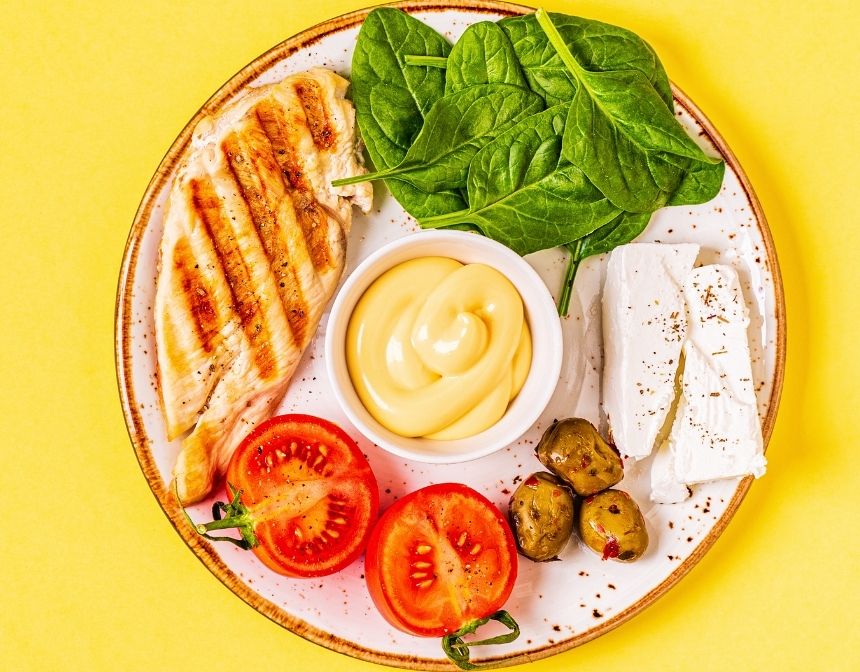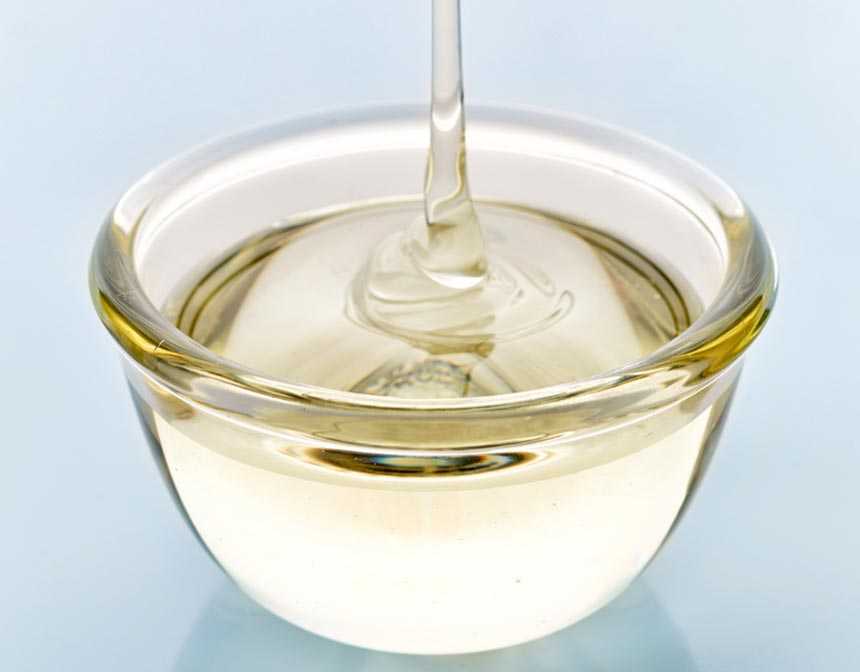What Is Papadum?
Papadum is a thin North Indian flatbread. It may be served as a side dish or as a snack. Indian restaurants will often offer it as an appetizer with a variety of chutneys to dip it in. In its most basic form, papadum is a thin, wafer-like cake made from wheat, derived from the Sanskrit word parpaa. It's currently regarded as a commonly accessible snack item.
There are some variations of the dish, such as rice papadum, which is boiled in water and dried in the sun, and masala papadum flavored with black pepper, chili pepper, cumin, and garlic.
Papadums are also popular in the United Kingdom and Australia, where the bread is often served as an appetizer with mango chutney and lime pickle dips.
Is Poppadom Gluten-Free?
Because it is commonly prepared with flour from legumes like lentils or chickpeas, poppadom is a gluten-free option to roti or naan, though it is not a real substitution because it is not bread-like in texture. Though poppadom is traditionally fried in peanut oil, chickpea flour is abundant in fiber, iron, and protein, and healthier versions may be made by toasting or baking.
Is Poppadom Vegan?
Poppadoms are appropriate for vegans in practically all instances. Rice and lentil flour are often used to make poppadoms. Lentils are an important component in vegetarian recipes.
What To Serve with Papadum?
These are as delicious on their own as they are with chutneys like mango. They may be eaten before or after a meal, and they go well with almost any food. It's a light and refreshing menu dish that goes well with dipping sauces and chutneys.
As a snack, papadum may be provided. It's great as a snack with a cold drink. It may also be eaten as a side dish with rice, chapati, or naan. Toppings like chopped onions, chutney, or other dips and sauces may be added to papadums.
Here are our delicious recipes that you can serve with Papadum:
How To Store Papadum?
Dry the papadums for two to three days in the sun, until they are completely dry. You may alternatively dry them in the oven for 4-6 hours on the lowest possible setting. For up to 6 months, store the dried papadums in an airtight container or a sealed plastic bag.









































